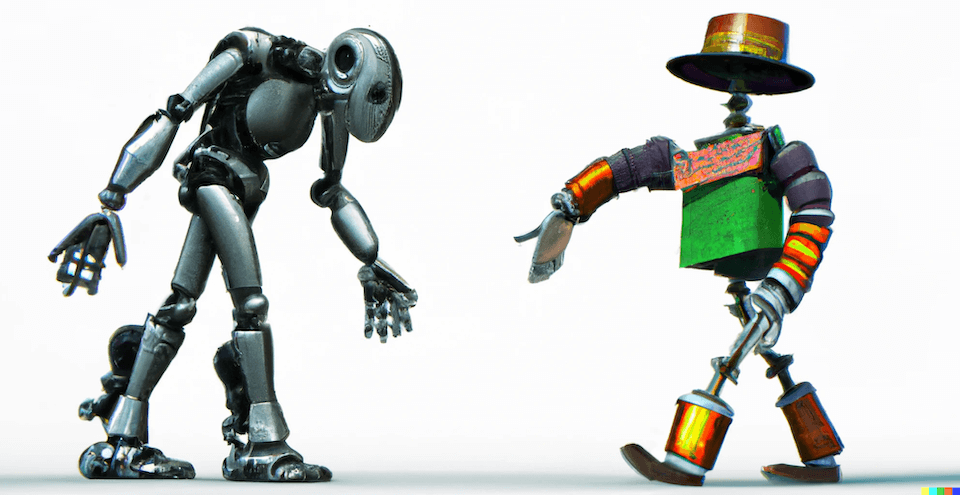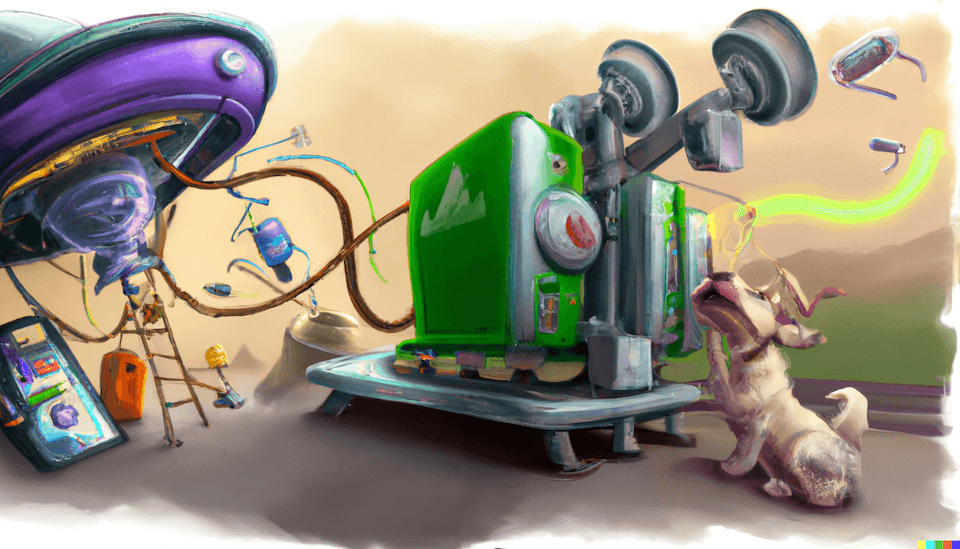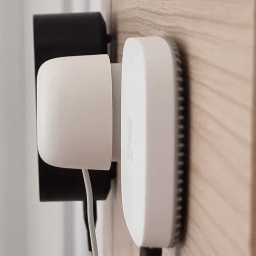Innovation versus Standards in the Open Home

The schedule of this newsletter has changed – it is now published near the end of each month to avoid overlap with the Home Assistant release.
Last three weeks have been busy. We attended the CSA IoT alliance member meeting where Matter 1.0 was launched and future improvements for both Matter and Zigbee were discussed. Afterwards we hosted the State of the Open Home 2022 to summarize our efforts of the last year in making the Open Home available to all.
We're going to summarize those events below, but first let's talk a bit more about standards. One thing in particular: the impact of standards on innovation and why manufacturers will keep wanting you to use their apps.
– Paulus
How a pet feeder shows that standards don't solve everything
Aqara recently introduced a smart pet feeder. It can dispense food on a schedule and it can be controlled via Zigbee, a smart home standard that offers local control. However, Zigbee does not standardize pet feeders. So how does this work?
The trick is called manufacturer specific cluster. It allows manufacturers to share their own data format and functionality via Zigbee. A standardized way to provide non-standardized data. Unless your Zigbee hub specifically adds support for this device, it's not going to be controllable.
If you've been following us for a while, you know what's coming: we got you 😎 Both Home Assistant and Zigbee2MQTT have added full support for the pet feeder. Thanks to @kirovilya for figuring it out.

However, most users are not using these state of the art Zigbee controllers and won't be able to include the pet feeder in their smart home without also buying Aqara's hub and app.
This is the big crux between standards and innovation. If you want to release a smart pet feeder, would you wait years to get a limited feature set into a standard? Or would you release it today, be able to add as many features as you want, but require users to buy your hub and install your app?
Companies will continue to innovate. Innovation that will most likely not fit into existing standards. This means that companies will need to keep convincing you to use their hub and app for your smart home.
Products that are standardized do have another way companies can compete besides innovation: who can make the cheapest one. So expect standardized devices like lights and switches to be cheap and non-standard things like video cameras or media players to remain expensive.
Big tech companies, like Google or Apple, are largely not affected by this dilemma when creating their own products. They control the platform that end-users use to interact with their smart home (phone OS, voice), and can present their own non-standard devices among the standardized devices. Will they include Aqara's pet feeder? Probably not.

ESPHome on the Raspberry Pi Pico W
Last year the Raspberry Pi company introduced a smaller brother to the well known Raspberry Pi: a microcontroller named Raspberry Pi Pico. The Pico doesn't run Linux like a normal Pi. Users need to connect sensors to it and write a program to interact with them. This means that users need to learn about both electronics and programming to be able to use a Pico. A steep learning curve.
We know a thing or two about microcontrollers as we have created ESPHome. It's a tool that does all the programming of microcontrollers for you. Users only need to tell what sensors are connected to the microcontroller, and it will write and install software on it to share that data with your smart home.
During the State of the Open Home we've announced that we've made ESPHome compatible with the Raspberry Pi Pico W (W stands for wireless, meaning it has Wi-Fi).
ESPHome is now by far the easiest way to make your Raspberry Pi Pico W a part of your smart home. Best of all? You can pick them up for $6 at your favorite Raspberry Pi distributor.

BTHome goes official with v2
The main challenge for IoT devices is to interact with other devices in the network. For Bluetooth there was no open standard to make this easy, so last September Ernst Klamer introduced one: BTHome.
We've been working with industry partners to get BTHome adopted and realized that we should introduce some changes: at the State of the Open Home we announced BTHome v2.
The major change in BTHome v2 is that it now uses a UUID that is officially registered with the Bluetooth SIG organisation. This registration was sponsored by Allterco, which is known for their Shelly smart home products. A free license is available on the BTHome website to use the official UUID in any product. We also want to thank the Allterco engineers for providing valuable feedback for version two of the protocol.
State of the Open Home 2022
Two weeks ago we hosted the State of the Open Home 2022 at Hof van Cartesius. In it we discussed all the progress that we've made last year and looked ahead on what we're planning on working on. If you missed it, you can watch it back on YouTube.

We got together for the weekend with 11 people. And although we all work daily on projects that are part of the Open Home, it was for many the first time that we met each other in person. It's amazing how the internet makes this possible.
The mid-break of the show included a performance by Vincent Schoutsen, who used the tools of a DIY smart home to turn a cross trainer into a musical instrument powered by Arduino, I²C, capacitive surfaces, relays, solenoids and more. (sadly the performance had some audio transfer issues causing bad quality on the stream)

Community highlights
|
|
|
|
Other noteworthy news
- Home Assistant is the 2nd most active open source project in the world. Over 13.500 people have worked on it in the last year. (GitHub, The State of the Octoverse)
- Amazon Alexa on pace to lose $10 billion this year. The Alexa department is also hit by layoffs as monetization has failed to materialize. (Ron Amadeo, Ars Technica)
|







